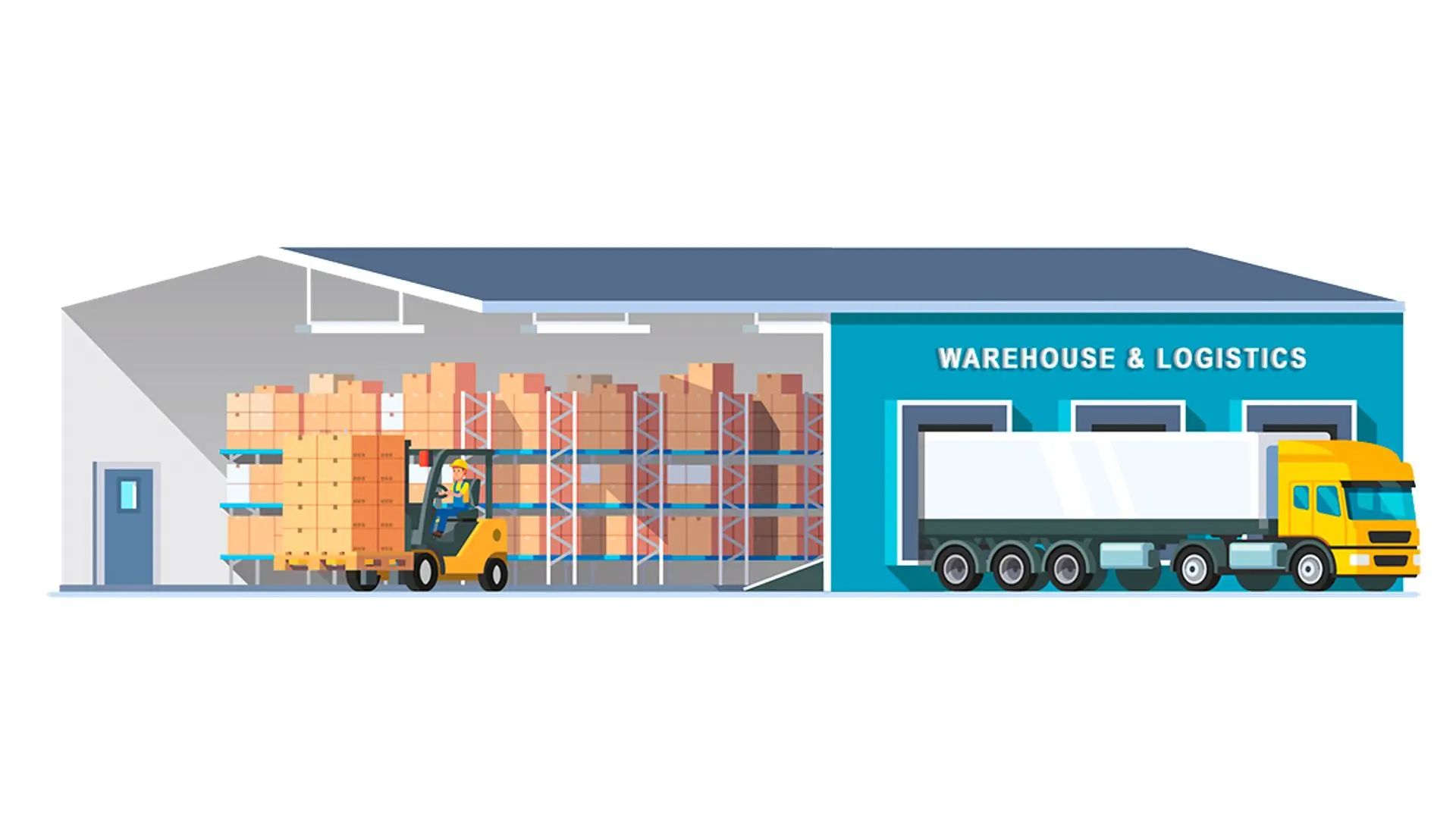FIFO or LIFO Which is the best method for managing your warehouse loads?

If you have ever found expired or obsolete products on your warehouse shelves, you will be interested to find out about the main methods of goods management for industrial storage: FIFO and LIFO.
The choice of one management system or another will depend on the type of product you need to store. Warehouse arrivals and departures for a food company are not managed in the same way as for a construction materials company. In a food product warehouse, one of the priorities is to release goods in the same order as they are produced to avoid expiries or loss of freshness of the foods. However, a warehouse for building materials does not require such meticulous rotation because the merchandise is not perishable.
Incorrect management and deficient organisation of our warehouse stock will affect the rest of the logistics chain. Hence, the importance of knowing about these methods and which one is most appropriate in each case.
FIFO: First In – First Out
In the FIFO method, the first lot of goods to enter the warehouse will be the first one to leave. It prioritises the release of products that have spent the longest time in storage.
When is it advisable to use a FIFO storage solution?
Mainly, for perishable goods with a shelf life. The nature of these products makes it necessary for the first to enter the warehouse to be the first to leave. Otherwise, through incorrect management, we could run the risk of losing the lot nearest to the expiry date.
The FIFO method ensures good stock rotation. It is the best solution for storing perishable goods or those with a short life cycle which require a perfect rotation of the stock. Mainly, foods and medicines, for which the expiry date is important. But also, fashion items with a sale season shelf life, or technology products where obsolescence is a determining factor.
FEFO: First Expires – First Out
Related to FIFO, there is a management method called FEFO. This method bases its arrivals and departures on product expiry, therefore the first to expire are the first to leave.
If we presume that the first goods to enter the warehouse are the ones with the nearest expiry date, this method would be no different to the FIFO system. However, in some cases, similar goods are in the warehouse but have specific characteristics that make their expiry date different. Therefore, a product made after another one, may expire sooner. In this case, a FEFO system would be more appropriate than a FIFO.
LIFO: Last In – First Out
In the LIFO method, the last lot of goods to enter the warehouse is the first one to leave. Here, the latest lots made or acquired are the first to leave our warehouse. The newest takes priority for departure over the rest.
When is it advisable to use a LIFO storage solution?
This method can be used for storing products that do not have short shelf lives or that are not perishable. When stock rotation is not a determining factor, storage systems designed in LIFO mode can be used, as good overall management of the warehouse will ensure the product leaves in ideal condition before expiry or spoiling.
If the goods stored are mostly homogenous, do not require exhaustive stock rotation and moreover, have a large number of pallets per reference, a warehouse layout with a LIFO system can be chosen. In this case, the LIFO method will allow maximum use to be made of the available warehouse space and will guarantee that the product leaves the stock without losing its characteristics.
Now that you know which management system is best suited to the type of product in your warehouse, learn about the racking systems that allow you to operate in FIFO and LIFO mode.
Maßgeschneiderte Lösung
Wenn Sie nicht wissen, welche Lagerlösung am besten zu Ihren Bedürfnissen passt, kontaktieren Sie uns. Wir helfen Ihnen gerne bei der Konfiguration Ihres Projekts.

